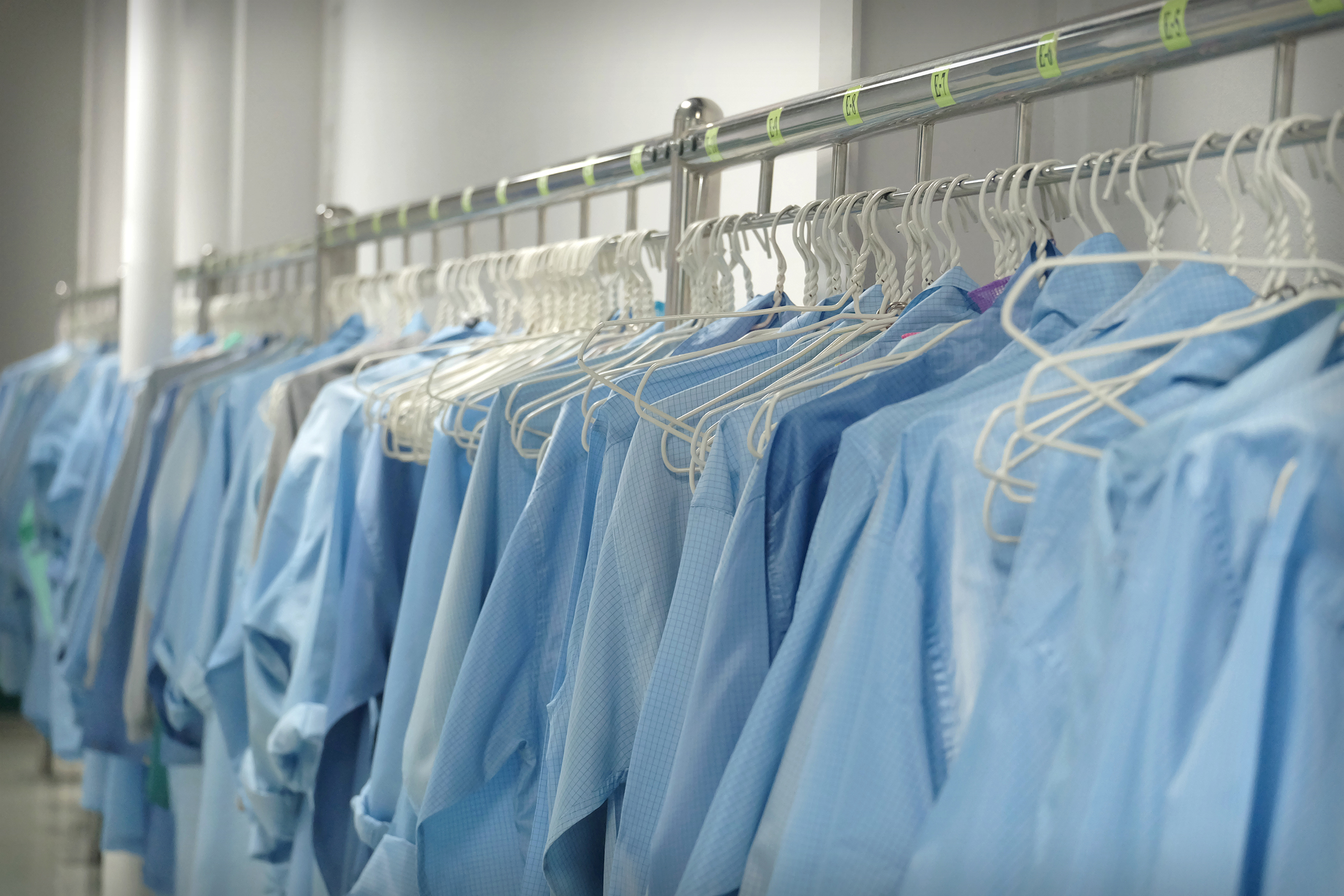Q&As about antistatic fabrics for workwear

What is antistatic fabric for workwear?
The fibres for these fabrics are made from conductive materials, which are generally carbon or metal based. The material would either be intimately blended into the fabric known as homogeneous blend, electro conductive fibre threads are added as an extra yarn, or uptwisted with a carrier yarn before being woven or knitted into the fabric. The demand for antistatic fabrics is increasing due to the growth of electricals vehicles, so it is important to understand what’s required from the performance of the garments and how to process them.
How does antistatic workwear work?
The surface conductors will pick up the static charge through contact with the body / charged object or through induction the same way wireless chargers for mobile devices work. The charge will then be conducted away to earth if the wearer / clothing is grounded, or it’s dissipated through an ionisation discharge. Core conduction fibres become charged through induction only and discharge through ionisation or conduction if the threads are earthed. Visit our article on static to learn more .
Is antistatic workwear suitable for industrial laundering?
Yes, in most cases the antistatic properties remain for the life of the garment.
Can you wash these clothes like any other workwear?
Generally yes, some products such a bleaches may degrade the conductive elements in surface conductors, but incorrect uses of bleaches etc will also destroy the rest of the garment. Care must also be taken as some antistatic fibres are nylon bases and these are sensitive to heat and also cannot be gamma sterilised.
Why is this topic important for textiles service provider?
With the growth of electric vehicles set to increase, understanding what’s required from the performance of antistatic garments and how to process them is key.
Sean Moore is Carrington Textiles’ Quality Assurance Manager. During Sean’s 32 years’ experience in the industry, he has developed some of the most successful testing and quality projects for some of the biggest textile companies in Europe.
